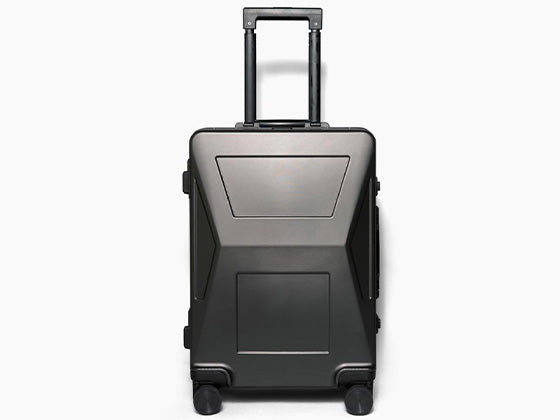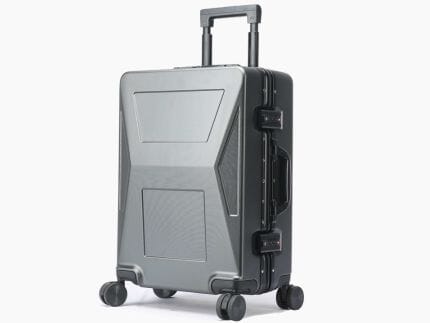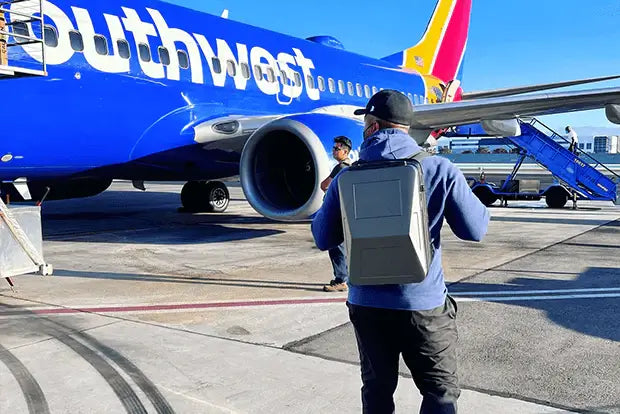When it comes to pollution caused by transportation, aircraft are one of the biggest culprits. With millions of tonnes of carbon emissions produced each year, the aviation sector appears to be a top target for electrification. However, various hurdles impede the electrification of air transport as compared to land transport.
In this post, we look at the challenges that the aviation industry faces as it attempts to electrify its operations.
Elon Musk has opined on several occasions about his deep interest in building an electric jet. He actually said that he is “dying” to expand beyond cars and trucks with Tesla and build an electric supersonic jet. My hope is that he delivers on the Tesla Cybertruck before delving into any jet-like aspirations.
Battery energy density
The battery is at the heart of the electric revolution in road transportation. It stores the energy that drives the electric motors that propel the ship. However, when it comes to airplane batteries, there is the issue of energy density and weight.
Because batteries are heavier and larger than aviation gasoline, a battery-powered aircraft will be heavier. This has a considerable impact on the flying range.
Typical aviation fuel has an energy density of 43 to 48 MJ/kg. This is much greater than the 1.1 MJ/Kg offered by the most advanced battery. This means that a battery-powered aircraft expends a significant amount of energy sustaining the weight of the battery.
A hydrocarbon-powered plane, on the other hand, becomes lighter as the fuel is spent. This is never the case for battery-powered vehicles. The weight remains the same at all points of the journey.
Charge times for batteries
One distinction between an EV and an ICE vehicle is the time necessary to refill it. It takes far longer to fully charge the batteries of an EV than it does to fill the tank of an ICE automobile or airplane. The same is true for electric aircraft with large batteries.
It will be difficult for airplane operators to include battery charging into their routine if they must maintain the same turnaround time between flights.
Safety
Safety is paramount in the aviation industry, and no shortcuts are made during aircraft design. This greatly increases the bar for employing batteries in airplanes since there must be no risk of thermal events in the pack.
Due to fires, some EV manufacturers like GM with regards to the Chevy Bolt, have been obliged to recall their vehicles. However, a battery fire on an aircraft is simply unacceptable in any situation as there is much more risk involved while flying as opposed to driving.
Economics
The design of the electric airplane must take place within the constraints of air travel. However, designing battery-powered aircraft that are not too expensive to exclude the vast majority of air travelers remains a difficulty.
Hopefully, once Tesla has had its fill of electric vehicles from the Model S to the Model X to the Model 3 to the Model Y and hopefully soon, the Cybertruck, Semi, and Roadster, Elon can then set his sights on an electric supersonic jet.












